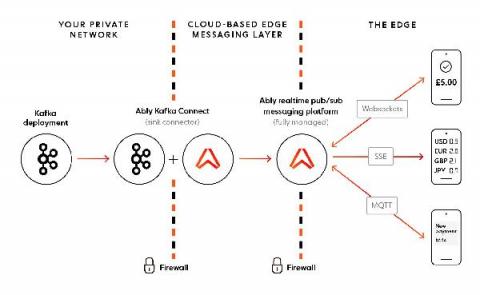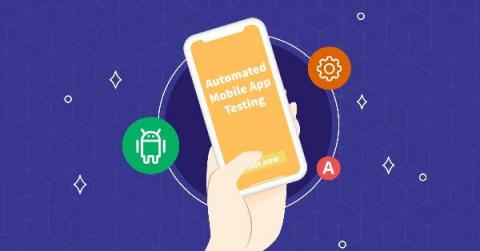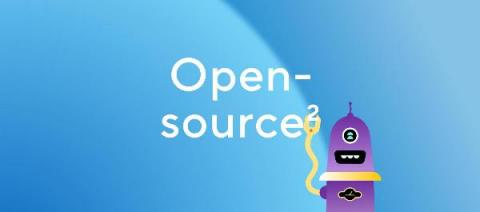Dependable realtime banking with Kafka and Ably
Interest in online banking is skyrocketing. In this context, more and more banking providers are building digital products (especially mobile offerings) and improving their core capabilities to meet user expectations of the instantaneous, always-on, realtime world. In this blog post, we will look at Kafka’s characteristics and explore why it’s such a popular choice for architecting event-driven realtime banking ecosystems.











